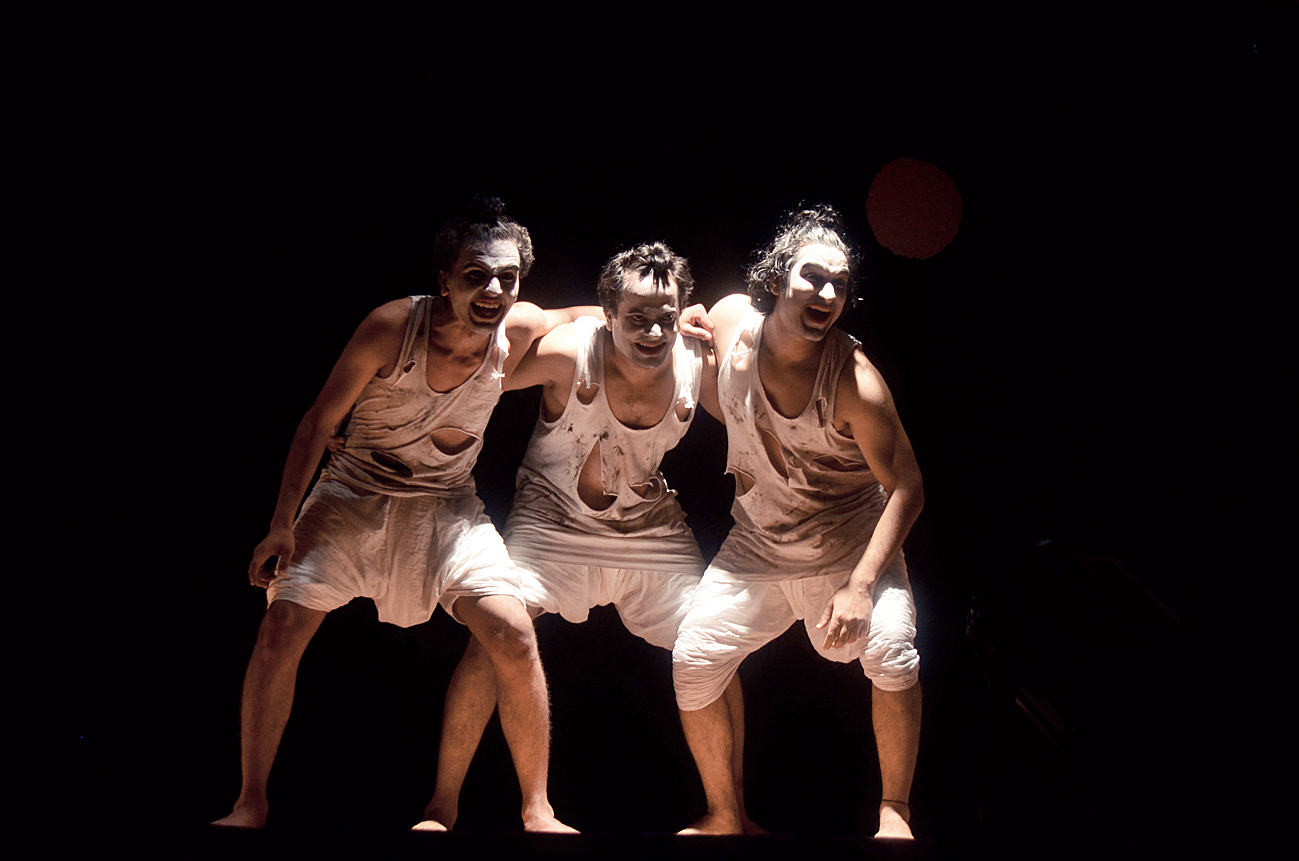Kahe Vidushak presents Do Kaudi Ka Khel partnered by t2, a comedy musical in nautanki style based on Parimal Dutta’s Hindusthani adaptation of The Threepenny Opera by Bertolt Brecht, was held at Laban Hrad Mancha on February 7. Striking straight into the corrosive theme of corruption, the play was pivoted on the outliers of the society — dacoits and beggars — as against the watchdogs and privileged stakeholders and how they are inextricably bound together by corruption and moral depravity as partners in a downgrading society. We caught up with Srinivas Beesetty, director of Do Kaudi Ka Khel.
How do you look at the state of Indian folk theatre?
I have an affinity towards folk theatre, be it nautanki, jatra or other forms. Even down South, we’ve got Yakshagana in Karnataka. So, while Indian folk theatre might be dwindling, there is also a resurgence.
How can steps be retraced towards traditional theatre forms?
I have worked with directors like Rehaan Engineer, Atul Kumar and Arundhati Nag who have brought an influence from the kind of plays done by the westerners, like the folk fusion play Six Dead Queens and an Inflatable Henry. We are going back to our roots. For example, there is the nautanki-style production of Piya Behrupiya by Atul Kumar.
How have you imbued the synthesis of western and Indian theatre?
Brechtian theatre talks about being farcical, which is also there with Natyashastra. In every chapter, I could see and I could relate to what the Westerners were following. It was pretty much there in a different format. You just need to explore it and dwell a little deeper into it, and you’ll realise that there is so much similarity. There is a perfect amalgamation of western theatre in nautanki.
Have you maintained complete allegiance to Parimal Dutta’s adaptation in the production or was/were there any divergence?
We have brought in our own improvisations to the stage production. The last part had no song and in the second half, we had some songs. We had Doha, Chaubola, Swang, Qawalli. The play is for two hours and 15 minutes. We reduced it to one-and-a-half hours.
How do you regard the permeability between theatre performances and literature?
I don’t think there should be a barrier between literature and theatre. In performing arts you get massy, a novel is more individualistic. For me, literature is the priority, which is lacking in Indian theatre right now ironically.
Your comment on the ‘woman question’ in the production and also on the genre of comedy in theatre?
If you see the poster of the play, there’s a big skull, a big-headed guy and two Kathakali dolls. The dolls represent the women in our society today.











